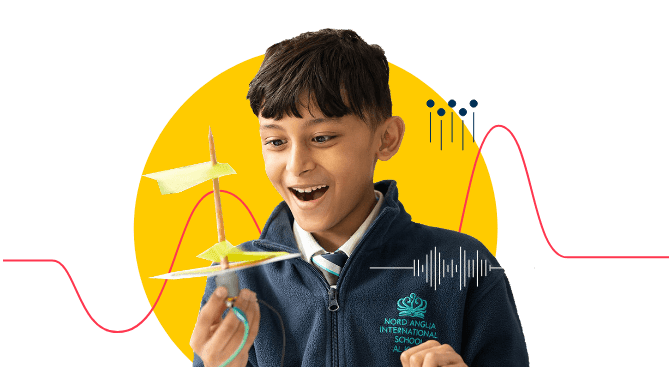BIS-Aware season on the Secondary campus was an opportunity to explore the breadth and depth of who ‘We Are’ as individuals and communities, it provided a platform to explore the Protected Characteristics, the hidden and lesser known stories that celebrate our strength and diversity. The purpose of this inaugural event was to promote Equality, Diversity, Inclusion and Belonging (EDIB) to nurture a supportive community that encourages a sense of social responsibility and inclusion. This brings together both worldwide movements such as Black History Month and Women's History Month but also our own ‘in-house’ awareness event from the Identity Alliance group. This year our theme was ‘Sharing Stories’.


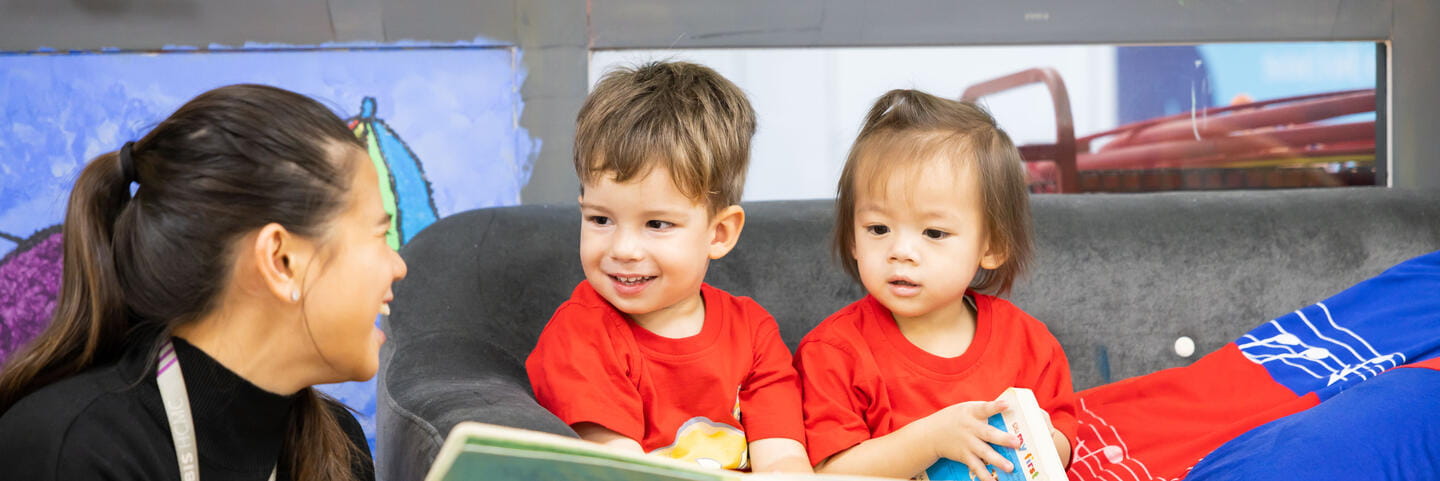
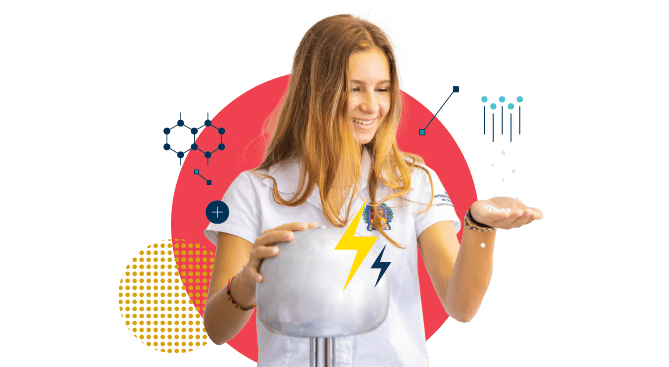
.jpg?rev=6bfb5fbe460b4db8bb6d64750d05247b&hash=DCE2AB48F8273F9050D23C4E16612AC0)
.jpg?rev=4e4fc91ece2442e9b60f6831679bf1ed&hash=2AE3E06361B9C2B9B86C910E21C78E98)
.jpg?rev=1b4e79ab3c4e49b288a138365fd4b89b&hash=5A17121B90CC7A02AF2EBAE8D2E5E1EB)
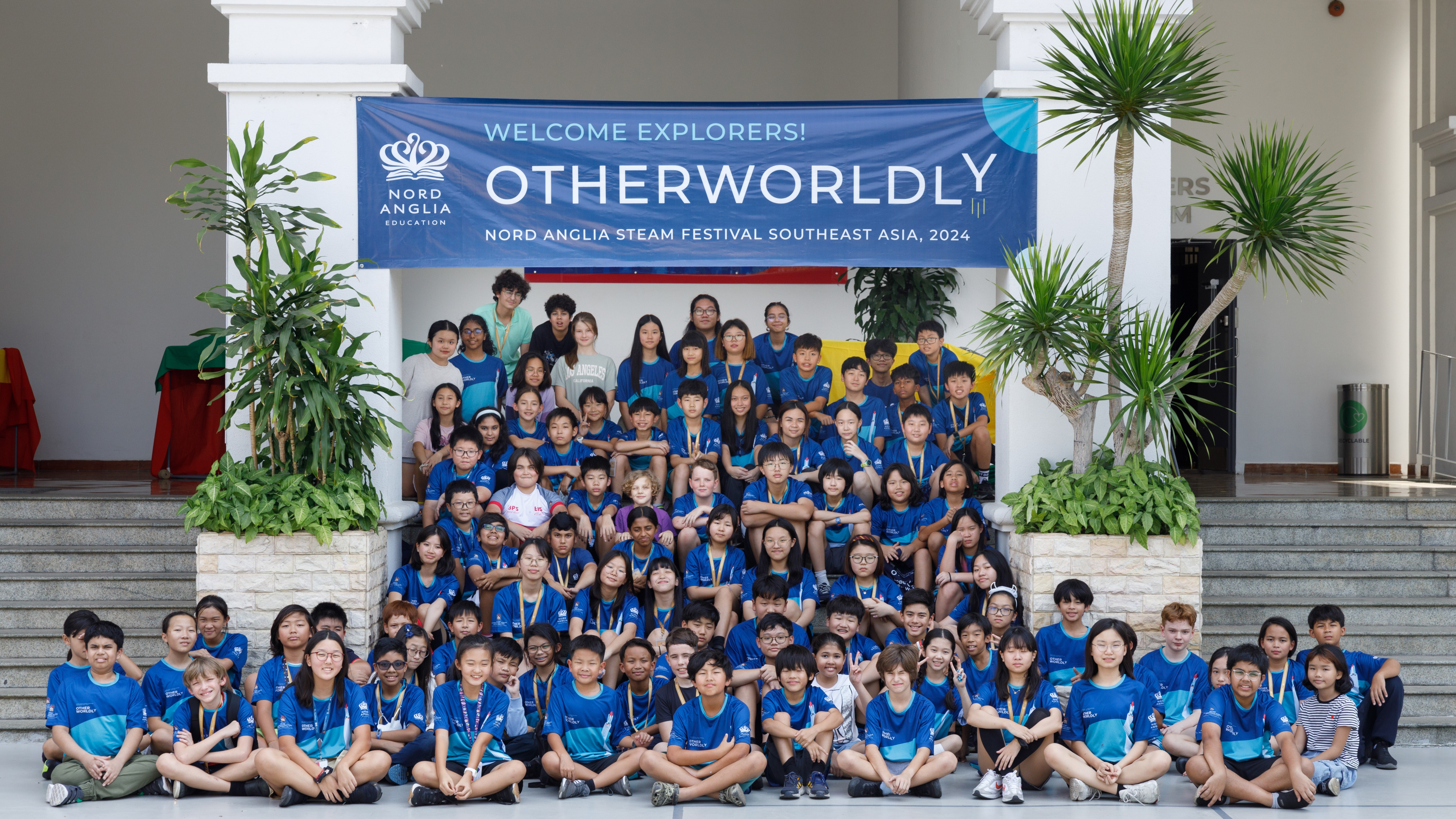
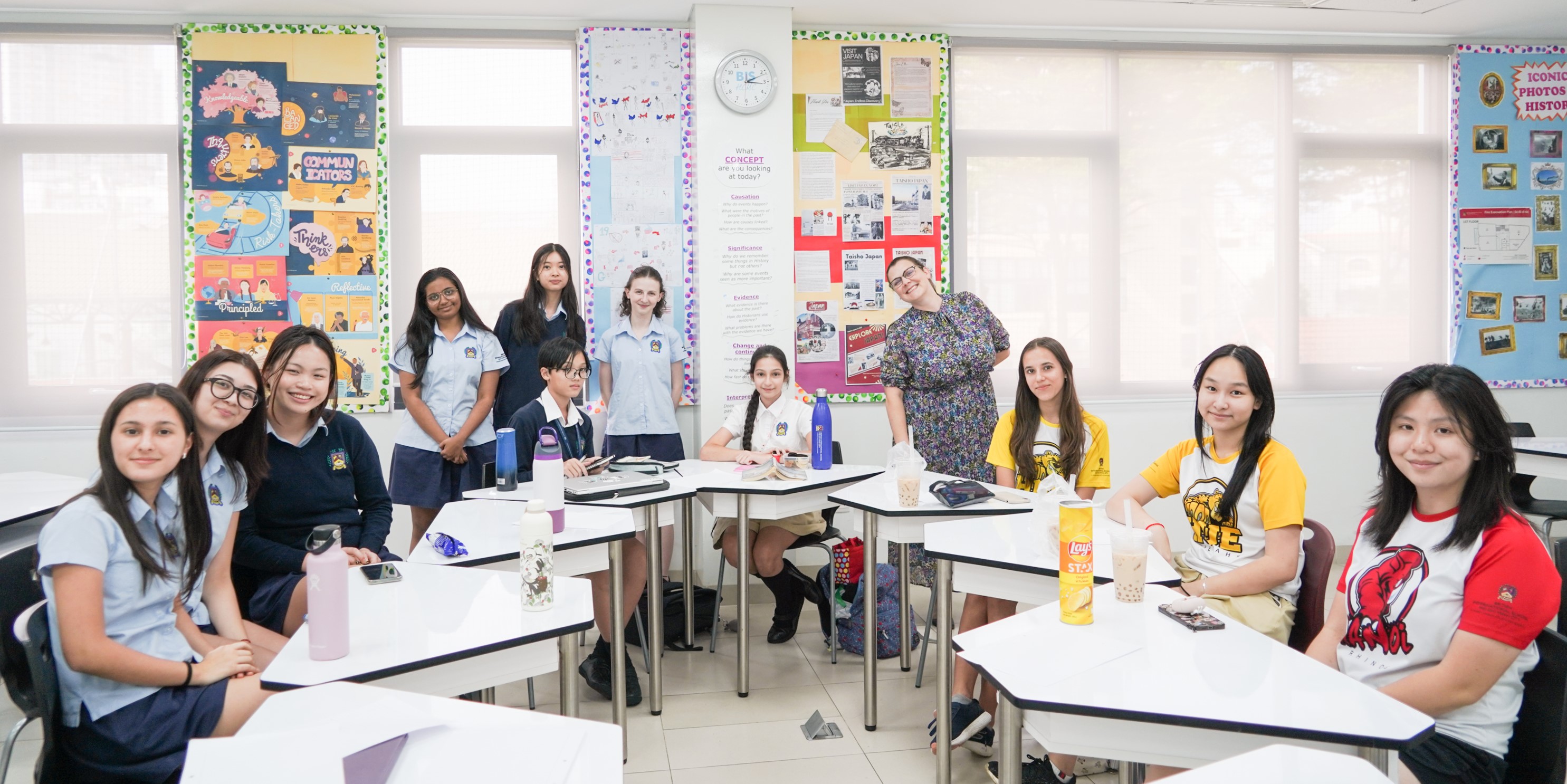
.png?rev=5edcc8ceadac4c69bea3c391dc081b50&hash=215D412D5D6E9F0E5A4C7BDC7E542B84)
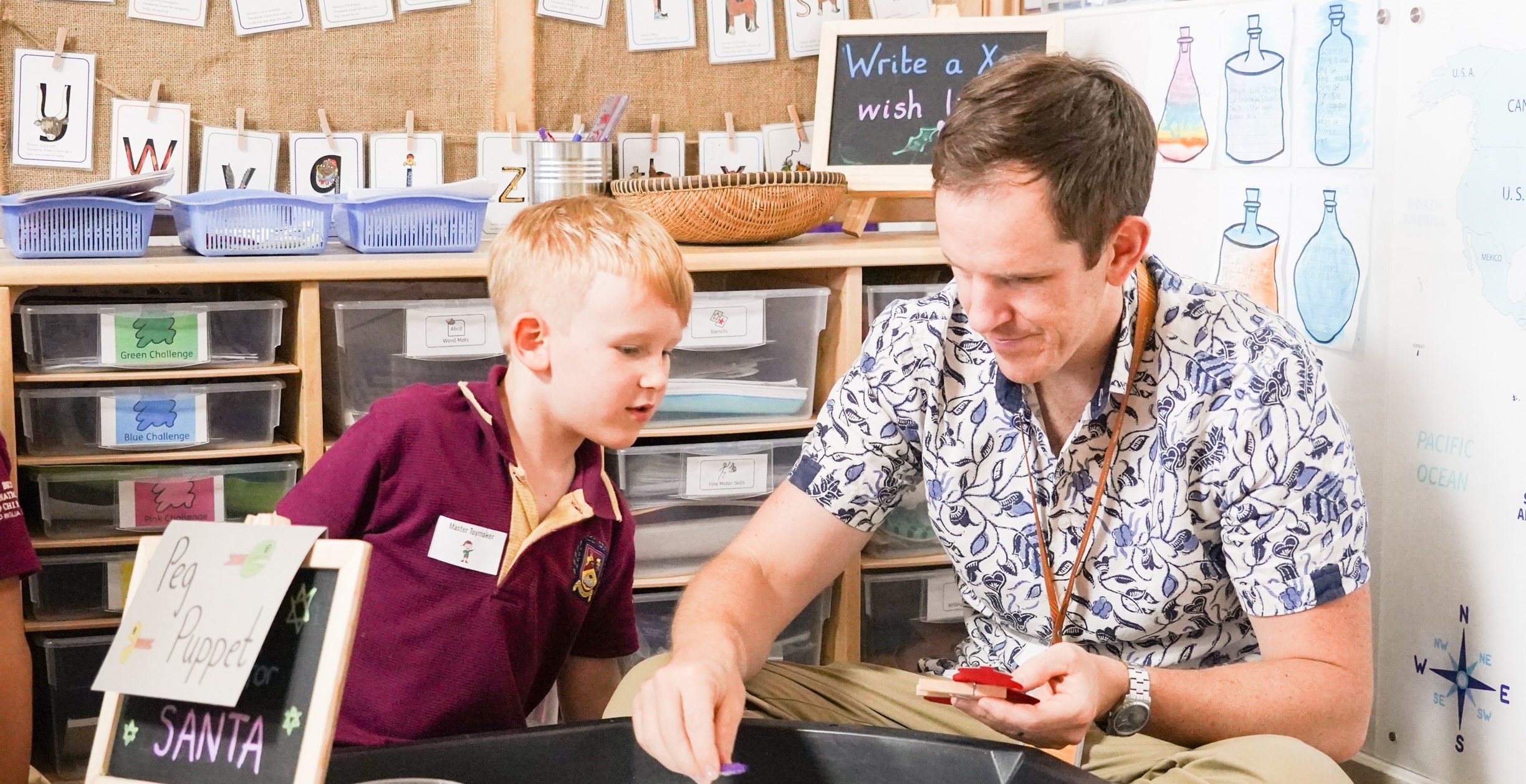



/dsc07578_11zon.jpg?rev=5f817376375d4783801decc6dbc3057d&hash=142A91D448913F4B322F0C822DDA1B6B)
